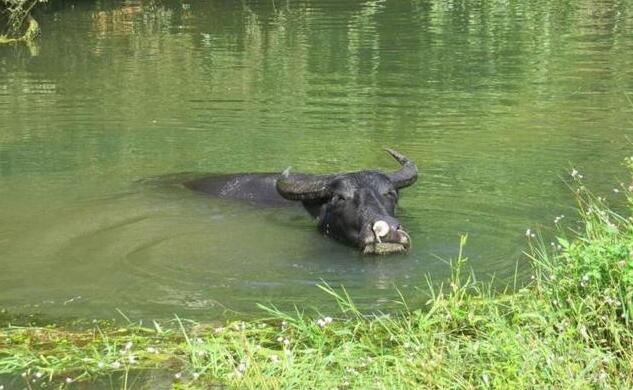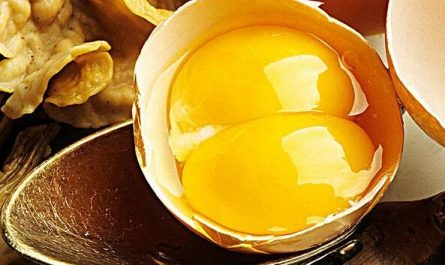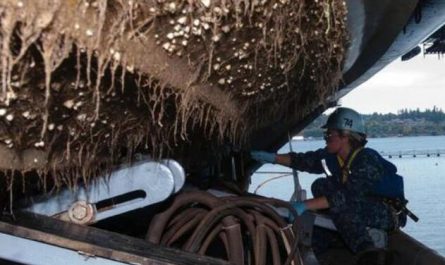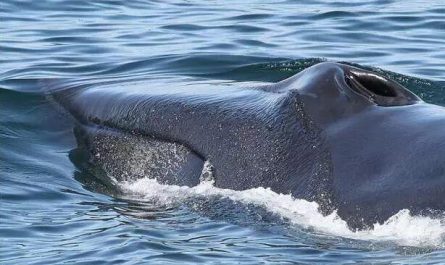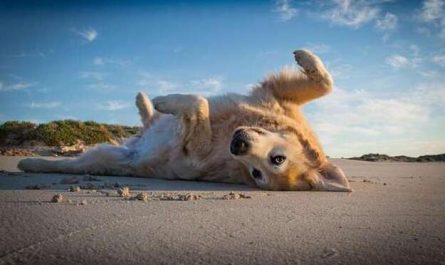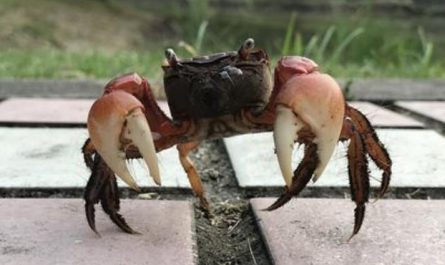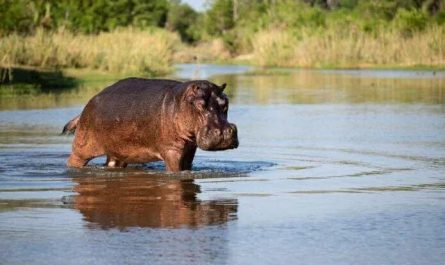The reason why buffalo like to be immersed in water
The ancestors of water buffalo lived in tropical and subtropical regions, where the temperature was high all year round, reaching more than 40°C in summer. Such hot weather is very unfavorable for the buffalo with thick skin, underdeveloped sweat glands, and difficulty in sweating. Therefore, under high temperature, buffaloes have to run into the river to soak their bodies in water to dissipate heat, lower their body temperature, and maintain their lives. For a long time, the ancestors of the buffalo formed this physiological habit at low temperature. Therefore, the water buffalo raised in northern my country, whenever the temperature in summer is high or after farming, its body temperature rises, and it is taken to the river to soak for a period of time to maintain a normal body temperature.
Life habits of buffalo
Except lowland buffalo and wild buffalo, which often move individually or in pairs, the others all form small groups or even large groups of several hundred. They like to roll in the quagmire to dissipate heat and prevent insect bites. Water buffaloes eat in the morning and evening. The main food is grass, leaves and aquatic plants. The senses are sharp and the sense of smell is developed.
Mindoro buffalo live alone and do not live in groups. Only young cattle will show the group behavior and class of ordinary buffalo. Male bulls and females also come into contact throughout the year, but only for a few hours. It is pointed out that their solitary behavior is an adaptation to their forest habitat. Bantengs often live alone and seem to be aggressive; females can live alone, with a banteng or with three young cattle of different ages. The Mindoro buffalo will roll in the mud like other bovids, which may be to avoid insect bites. Mindoro water buffalo are fierce by nature. When threatened, they will lower their heads, turn their heads at each other, and constantly shake their heads.
Lowland buffaloes usually live alone or in pairs on the water’s edge of tropical plains. They like to soak in the water. They like to eat the young branches and leaves of aquatic plants. They are active during the day and evening. They are slow, not good at jumping, and slow even when running. They will put their horns on their necks to prevent them from being hooked when crossing the undergrowth. When pressed by the enemy, lowland buffaloes are very dangerous opponents, and their horns will attack like daggers. Lowland buffaloes are withdrawn and irritable by nature, especially young buffaloes in estrus. Please refrain from malicious behaviors and actions against them.
The morphological characteristics of buffalo
There are only four species of buffalo. The smallest is the lowland buffalo, also known as the dwarf buffalo, with a body length of 180 cm; a shoulder height of 80-90 cm; a tail length of 40 cm; and a weight of 150-300 kg. The coat is dark brown, the male is darker than the female, and the pups are reddish brown to orange at birth. Lowland buffaloes have white marks on the head and lower limbs, and white crescent marks on the throat. The largest is the water buffalo, also called wild buffalo, with a body length of 2.4-3 meters, a height of 1.5-1.9 meters at the shoulder, and a weight of 1,000-1200 kg. It is a large cloven hoofed animal.
The buffalo skin is thick and the sweat glands are extremely underdeveloped. When it is hot, it needs to be soaked in water to dissipate heat, so it is named buffalo. The physique is strong and the coat is sparse, mostly gray-black; the horns are thick and flat, and bent backward; the hoof is large, the texture is solid, it is resistant to soaking, the knee joints and ball joints are flexible, and they can walk freely in the mud; the buffalo auricles are relatively large Short and small, with long and narrow head and forehead, the midline of the back is facing forward, the back is inclined backward and downward, and the angle is relatively long.
